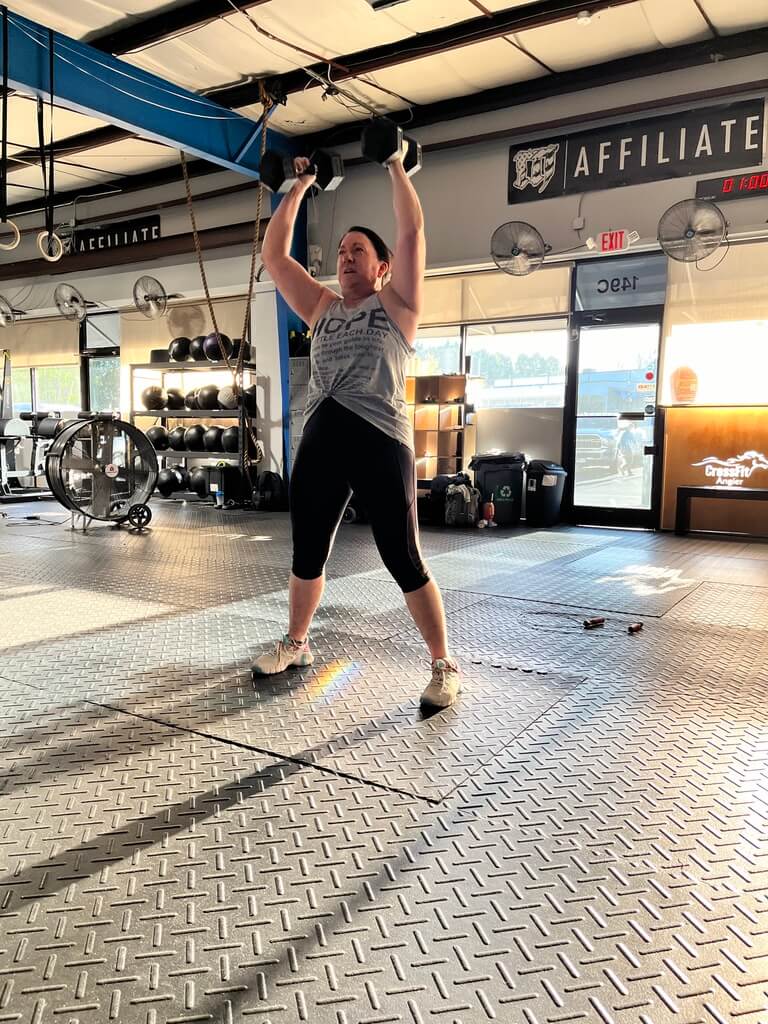Table of Contents
Building an apartment home gym requires creativity and efficient use of space. With the right equipment and planning, you can create a gym setup that fits your fitness goals without overwhelming your living space. Here are some tips to help you build the perfect apartment home gym while maintaining comfort and style.
Creating a home gym in an apartment requires smart planning to maximize limited space while allowing for a variety of workouts. The key to a functional and effective gym setup is choosing versatile and compact equipment. Here’s a resource with seven essential guidelines for building a home gym in your apartment. This guide offers insights on setting up a gym in a small space, focusing on space-efficient, storable equipment, and creative uses of your apartment’s architecture. Here’s a summary of the key points:
1. Focus on Space-Efficient Equipment
For an apartment home gym, select versatile, compact, and storable equipment. Adjustable dumbbells, resistance bands, and a TRX system are great choices. These can be stored easily when not in use and offer a wide range of workout possibilities. A yoga mat is also essential for flexibility exercises and can double as a cushion for other workouts.
2. Utilize Apartment Architecture
Think creatively about your apartment’s layout. Stairs can be used for cardio or leg workouts. Sturdy furniture can become part of your exercise routine, with chairs for tricep dips or step-ups, providing effective bodyweight exercises without requiring additional equipment.
3. Incorporate Bodyweight Workouts
Bodyweight exercises are excellent for apartments because they require minimal equipment and space. Push-ups, planks, and squats can provide a comprehensive workout. The versatility of these exercises allows you to customize your routine based on your fitness level and space constraints.

4. Include Cardio Without Equipment
While a stationary bike or treadmill can be helpful, they might not fit into an apartment setup. Consider outdoor spaces or your building’s architecture for cardio. Running outside or using stairs for sprints can be effective cardio exercises without requiring bulky equipment.
5. Experiment with Kettlebells
Kettlebells offer a versatile solution for strength training and cardio. They are compact and can be easily stored under a bed or in a closet when not in use. A single kettlebell can support a wide range of exercises, making it a valuable addition to your home gym.
6. Invest in a TRX System
A TRX system provides a diverse range of workout options with minimal space requirements. It can be attached to a door or another sturdy point, allowing you to perform bodyweight exercises at varying levels of intensity and resistance.
7. Don’t Forget Recovery
While focusing on workouts, remember the importance of recovery. Ensure your space can easily transition from workout mode to relaxation mode. A cool, dark bedroom setup helps with sleep and recovery. Use a yoga mat or similar surface for stretching to help your muscles recover after a workout.

Optimizing Equipment Storage
One of the biggest challenges in building a home gym in an apartment is finding a place for all your equipment. Consider investing in storage solutions that keep your gear out of sight when not in use. Under-bed storage containers can hold smaller items like resistance bands, jump ropes, and even adjustable dumbbells. For larger pieces of equipment, like a foldable weight bench, wall-mounted hooks or collapsible racks can be a game-changer. This way, your apartment can quickly transform from a workout space back to a comfortable living area.
Leveraging Multi-Function Equipment
When working with limited space, opt for equipment that serves multiple purposes. Adjustable dumbbells can cover a range of weights, allowing you to do various exercises without needing multiple sets of dumbbells. Similarly, a TRX system can be used for upper body, lower body, and core workouts, providing flexibility in a small footprint. Consider a foldable exercise bike or rowing machine, which can be stored vertically when not in use, saving valuable floor space.
Creating a Fitness-Friendly Environment
The ambiance of your home gym plays a significant role in motivating you to work out. Make your space inviting by adding personal touches like motivational quotes, posters, or a small sound system for workout playlists. If you’re into yoga or meditation, incorporate calming elements like candles or a small fountain. This can help you shift from intense workouts to relaxation and recovery more easily. Keeping the area well-lit and ventilated also contributes to a better workout experience.
Finding Your Workout Routine
A home gym’s flexibility allows you to create a workout routine that suits your lifestyle and goals. Experiment with different types of exercises and equipment to find what works best for you. Bodyweight workouts are a great starting point, especially if you’re new to exercising at home. You can then incorporate additional equipment as your fitness level improves. To stay motivated, consider joining virtual fitness classes or following workout videos online. This can give you a sense of community and structure, even when you’re working out in your apartment.
These tips will help you build a functional home gym in your apartment while keeping your living space uncluttered and versatile. Follow these guidelines to create a gym setup that allows for effective workouts without compromising your apartment’s comfort and style. For more information visit us at www.crossfitangier.com.



